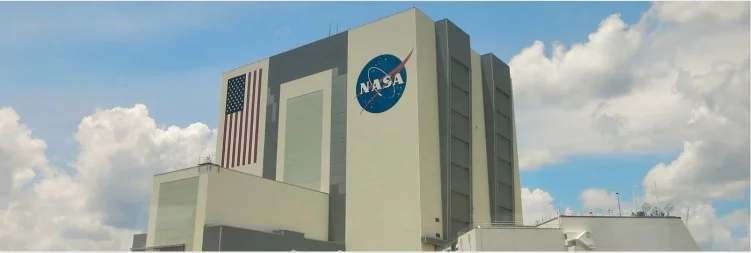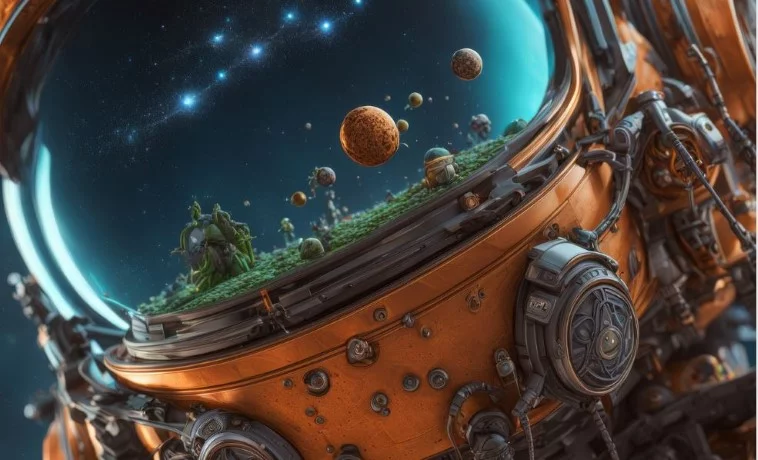New Mexico – Here comes Starliner

The space saga surrounding the fate of the American spaceship Starliner has ended. Somewhat, at least. It has been turning into a soap opera recently, so perhaps this might be good news.
Earlier this September, Boeing’s problematic spacecraft left the International Space Station and in unmanned mode headed for the White Sands desert in New Mexico (USA), towards the rocket station there, which is actually a military base.
Six hours later, the landing was confirmed.
The landing was successful, preceded by months of painstaking effort by engineers to remotely do everything possible to get the Starliner to at least try to head home.

Apparently, everything went alright, but that doesn’t correspond to the truth in the slightest, after all, it was very lively at the PRESS conference!
To be frank, NASA’s press conference is underway and there are no Boeing representatives! Let that sink in.
Steve Stich, head of NASA’s Commercial Crew Program, declares that the spacecraft did a “good” job of separating, entering the atmosphere and landing, but he also adds:
“Starliner-1 is undergoing detailed inspections in the coming weeks. At the same time, work on the new Starliner-2 type ship will be stopped.”, followed by:
“Until we review Starliner-1 and fully understand why anomalies occurred in multiple spacecraft systems, work on Starliner-2 will not continue.”
A lot will have to change before another manned launch.
What is very significant, Stich said that it is now difficult to talk about “what if”, but that he is now even more sure of the correctness of NASA’s decision to try to return the ship to Earth without a crew!
“We made the right decision that Butch and Suni (B. Wilmore and S. Williams) do not fly the Starliner return mission to Earth”!
Really, though?
Several systems, including:
- thermal protection,
- main and maneuvering rocket thrusters,
- navigation and control computers,
- numerous sensors,
- life support systems,
- and others performed their tasks at the upper margins of safety.
This is not acceptable for manned ships.
It is already clear that the Starliner needs a serious revision. Costs will continue to rise, the timelines for the operationalization of this type of spaceship will be extended.
After separating from the International Space Station, the Starliner passed through the skies of Europe, almost exactly over Istria, continuing towards the Middle East and further towards the Indian Ocean and Australia, New Zealand, and then across the Pacific Ocean towards the American continent.
The choice of path is not accidental!

Let’s remember that there is also the “Nemo point” (the farthest point from any landmass on Earth) in the Indian Ocean.
In this locality, larger spacecraft are controlled to crash into the ocean so that their remains do not fall on populated areas! Or so they tell the public…
In theory, had the Starliner gone out of control, plunged too hard into the high layers of the atmosphere, its remains would have fallen into the waters of the Indian Ocean.
The Americans have a lot of work to do before the Starliner (whatever version) becomes operational as a spaceship. Too much money and time has been invested in the Boeing aircraft to abandon it.
In a few years, when the problems are solved, the Starliner has a chance to become a reliable spacecraft that will transport people to and from space for decades.
The Starliner-1 odyssey was too risky, and we end up wondering about NASA’s manned spacecraft program chief’s words. According to him, it is good that the return of the astronauts in the Starliner to Earth was abandoned.
What conclusion can we draw from this?
Want to read more about the universe and follow the latest news from NASA? Visit our blog!

